A quick trip to Tokyo for a for a SACLA conference and some sightseeing (check out the Shibuya timelapse video below the pictures!):
Up until March of this year however, the finer details of how and why this polymer mixture was so conductive were not well understood. Researchers Takano et. al. used small angle x-ray scattering (SAXS) and wide angle x-ray scattering (WAXS) at BL40B2 of the SPring-8 research facility in Japan to probe the relationship between this polymer's structure and its conductivity. It was found that the more highly oriented and crystallized the PEDOT crystals were within the PSS shells, the more conductive the thin films were.
|




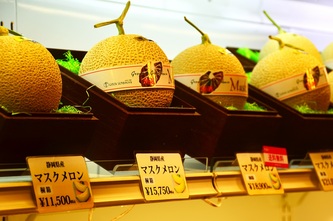





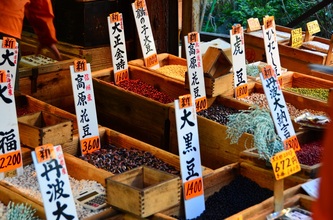

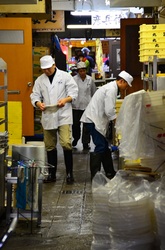
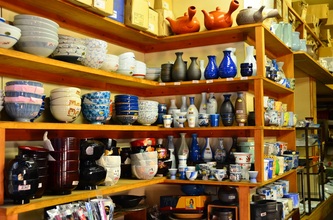







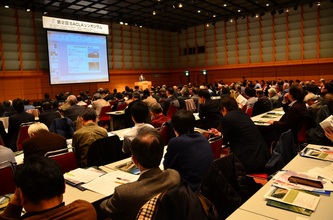

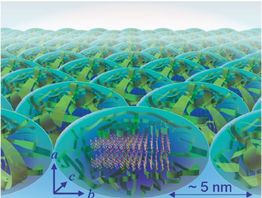
 RSS Feed
RSS Feed